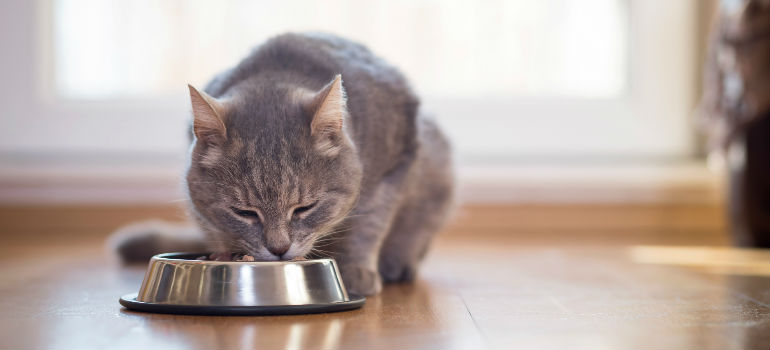
In recent years, fewer people have considered placing the remains of their dearest pets in pet graveyards and instead opt for pet cremation. However, there is a lot more to know about the existence of an animal corpse in your home than just the tragic psychological scars it leaves.
At Fantastic Pest Control, we will now answer the most commonly asked questions.
Table of Contents
What is Pet Cremation?
Pet cremation is a service offered to pet owners as a way to part forever with their deceased pet. Instead of placing your pet in a pet graveyard, it is burned to ashes in a specialized cremation furnace.
What are the benefits of cremating a deceased pet?
- Environmental. As you know, graveyards tend to take up a lot of land. The amount of wood and textile produced to only be placed in the ground is huge when considering human graveyards do the same. There are also researches that suggest anaerobic bacteria from the coffins produce methane, which is a greenhouse gas. Cremation has its own environmental drawbacks, but in comparison, it’s a far more eco-friendly option.
- Psychological. For many people, receiving the ashes of their deceased pet and spreading them in a place they see fit, is a source of much greater comfort than giving their pet a grave.
- Biological. All things aside, a corpse on your property is not a matter to take lightly. It won’t take long before it becomes a biohazard. Burying the animal in your backyard does not reduce the threat and may cause soil poisoning. This is a concern not just for your patch of land but also for the entire neighbourhood. Which is why there are important health regulations for this sort of thing. Ask your local council for more details on the matter.
How does pet cremation work?
After the tragic death of your furry friend, you will be advised by your vet on ways to dispose of the body. If you decide to cremate your pet, here is the general procedure.
- Calling a pet cremation service provider. You will be visited by the friendly professionals from Fantastic Pest Control, who will take the body of your beloved pet and take it to a pet crematorium.
- Cremation. The animal’s body will be placed within a small, enclosed space, where it burns at very high temperatures in the span of a few hours until there is only ash and bone fragments left. Next, the remains are pulverized, resulting in fine grey ash.
- Receiving remains. Once the cremation process is done, the remains of your pet are placed in a plastic bag for you to receive.
How much does pet cremation cost?
The price would depend on the number of pets you wish to cremate. There are also options for:
- Private pet cremation – your pet is cremated on its own.
- Communal pet cremation – your pet is cremated together with other pets. Note that if you chose a communal cremation, you will not receive your pet’s remains.
- Partitioned pet cremation – several pets are cremated together, but measures are taken so that their ash does not mix.
What kind of pets are covered in the pet cremation service?
Every pet cremation service covers dogs and cats since these are the most common pets in the west. The Fantastic Pest Control team has no problem taking your deceased pet if they’re a small mammal, a bird, or a small reptile, such as a snake or a lizard.
Large domestic animals such as horses are not covered, and it’s unlikely that most companies would accept them either since these animals usually go for slaughter.
Check also:
How long does it take to get ashes back from cremation?
In most cases, you will receive the remains of your pet in no more than seven business days.
How do I know I received all the remnants from the cremation?
The Fantastic Pest Control team strives to earn your trust by offering you a detailed explanation of the procedure by our polite call centre agents. You will be guaranteed that the remains you receive are indeed your pet’s and nothing else.
We understand that parting with a furry, feathered, or scaly family member makes your days difficult. This is why our professional team is here to offer you the most respectful and compassionate treatment of your pet as it passes to the next world.
Image source: Impact Photography/shutterstock.com





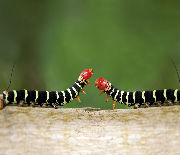

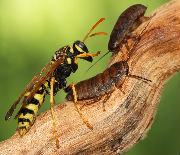
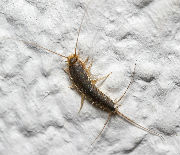
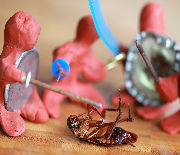
Leave a Reply